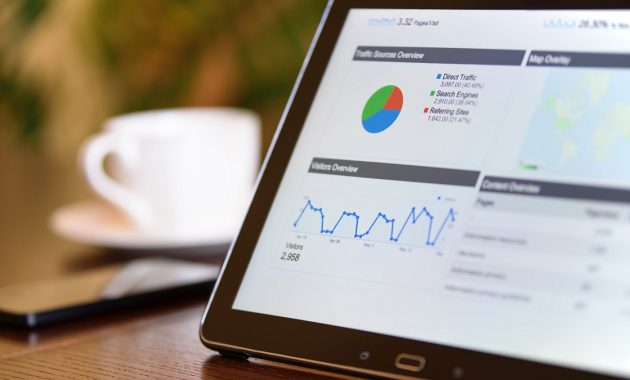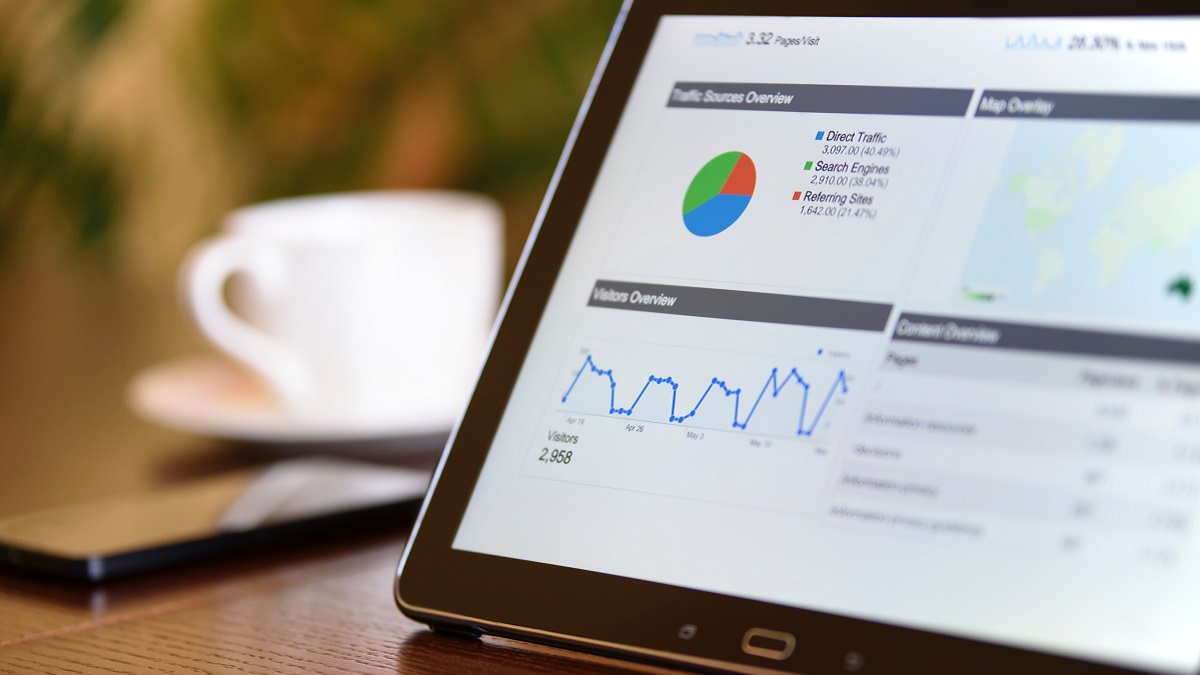
The Ultimate Guide to Business Intelligence Software for Marketers: Data-Driven Decisions for Success
In today’s dynamic marketing landscape, making informed decisions is paramount. Gone are the days of relying solely on gut feeling and intuition. The modern marketer requires data. Business Intelligence (BI) software empowers marketers to harness the power of data, transforming raw information into actionable insights. This Ultimate Guide to Business Intelligence Software for Marketers will equip you with the knowledge to choose, implement, and leverage BI tools for maximum impact. We’ll delve into the core concepts, explore the benefits, and provide practical guidance on how to select the right software for your specific needs. This guide will help you understand the power of business intelligence software and how it can revolutionize your marketing strategy.
Understanding Business Intelligence for Marketers
At its core, Business Intelligence (BI) encompasses the strategies and technologies used for data analysis. It’s about collecting, analyzing, and interpreting data to inform better business decisions. For marketers, BI goes beyond simple reporting. It’s about understanding customer behavior, measuring campaign performance, and predicting future trends. It’s about using business intelligence software to gain a competitive edge.
The process typically involves several key steps:
- Data Collection: Gathering data from various sources, including CRM systems, website analytics, social media platforms, and email marketing tools.
- Data Integration: Combining data from different sources into a unified view.
- Data Analysis: Applying analytical techniques to identify patterns, trends, and insights.
- Data Visualization: Presenting data in an easy-to-understand format, such as charts and graphs.
- Reporting and Sharing: Distributing insights to relevant stakeholders to facilitate decision-making.
This entire process is dramatically enhanced by the use of business intelligence software.
Key Benefits of Business Intelligence Software for Marketing
Implementing business intelligence software offers a multitude of advantages for marketers. These benefits directly translate into improved performance and a stronger return on investment (ROI).
- Improved Decision-Making: Data-driven insights enable marketers to make more informed decisions, reducing reliance on guesswork and intuition.
- Enhanced Campaign Performance: BI tools allow for real-time monitoring of campaign performance, enabling quick adjustments to optimize results.
- Deeper Customer Understanding: By analyzing customer data, marketers can gain a better understanding of their target audience, their preferences, and their behavior.
- Increased ROI: Optimized campaigns and targeted marketing efforts lead to a higher ROI on marketing investments.
- Competitive Advantage: Leveraging data insights provides a competitive edge by enabling marketers to anticipate market trends and respond quickly to changes.
- Improved Efficiency: Automating data analysis and reporting frees up marketers’ time to focus on strategic initiatives.
These benefits highlight the transformative power of business intelligence software.
Essential Features of Business Intelligence Software for Marketers
When evaluating business intelligence software, consider the following essential features:
- Data Integration Capabilities: The ability to connect to various data sources, including CRM, marketing automation platforms, and social media channels.
- Data Visualization Tools: User-friendly tools for creating charts, graphs, and dashboards to present data in a clear and concise manner.
- Reporting and Analytics: Pre-built and customizable reports and analytical capabilities to track key performance indicators (KPIs).
- Data Security: Robust security features to protect sensitive customer data.
- User-Friendly Interface: An intuitive interface that allows marketers to easily navigate and analyze data without requiring specialized technical skills.
- Real-time Data: The ability to access and analyze data in real-time, enabling quick responses to changing market conditions.
- Mobile Accessibility: Access to data and dashboards from mobile devices for on-the-go decision-making.
These features are critical when choosing a business intelligence software.
Choosing the Right Business Intelligence Software for Your Needs
Selecting the right business intelligence software requires careful consideration. There is no one-size-fits-all solution. The best choice depends on your specific needs, budget, and technical capabilities. Here’s a step-by-step guide:
- Define Your Goals: Clearly identify your marketing objectives and what you hope to achieve with BI.
- Assess Your Data Sources: Determine the data sources you need to integrate, such as CRM, website analytics, and social media platforms.
- Evaluate Your Budget: Determine the amount you are willing to spend on software, implementation, and ongoing maintenance.
- Research Different Software Options: Explore various BI software providers and compare their features, pricing, and customer reviews.
- Consider Scalability: Choose software that can scale with your business as your data needs grow.
- Prioritize User-Friendliness: Opt for software that is easy to use and requires minimal training.
- Request Demos and Trials: Test out different software options with free trials or demo versions.
- Check for Integration: Ensure the software integrates seamlessly with your existing marketing tools.
By following these steps, you can find the perfect business intelligence software for your needs.
Top Business Intelligence Software Options for Marketers
Several business intelligence software options cater specifically to the needs of marketers. Here are a few popular choices:
- Tableau: Known for its powerful data visualization capabilities and user-friendly interface. Tableau is a leader in the industry.
- Microsoft Power BI: A cost-effective option that integrates seamlessly with other Microsoft products.
- Looker: A cloud-based platform that offers advanced analytics and data modeling capabilities.
- Qlik Sense: A user-friendly platform with associative data discovery and data storytelling features.
- Google Data Studio: A free data visualization tool that integrates with Google Analytics and other Google products.
Each of these tools offers unique strengths. Consider your specific requirements before making a choice.
Implementing Business Intelligence Software: A Step-by-Step Guide
Implementing business intelligence software successfully requires a structured approach:
- Plan and Prepare: Define your implementation strategy, including timelines, resources, and training requirements.
- Select and Install Software: Choose the software and install it according to the vendor’s instructions.
- Connect Data Sources: Integrate the software with your various data sources.
- Clean and Transform Data: Clean and transform your data to ensure accuracy and consistency.
- Create Dashboards and Reports: Design dashboards and reports to track key performance indicators.
- Train Your Team: Provide training to your team on how to use the software and interpret the data.
- Monitor and Optimize: Continuously monitor your data and dashboards, and make adjustments as needed.
A well-executed implementation is vital for realizing the full benefits of business intelligence software.
Leveraging Business Intelligence for Marketing Campaigns
Once your business intelligence software is up and running, you can leverage it to optimize your marketing campaigns. Here are some examples:
- Customer Segmentation: Identify and segment your customers based on their behavior, demographics, and purchase history.
- Campaign Performance Analysis: Track the performance of your marketing campaigns, including website traffic, lead generation, and conversions.
- Content Optimization: Analyze your content performance to identify what resonates with your audience and optimize your content strategy.
- Personalization: Use data to personalize your marketing messages and offers to improve engagement and conversion rates.
- Predictive Analytics: Use data to predict future trends and customer behavior, enabling you to proactively adjust your marketing strategies.
By applying these strategies, marketers can maximize the impact of their campaigns.
Overcoming Challenges in Business Intelligence Implementation
Implementing business intelligence software can present challenges. Addressing these challenges proactively is essential for success.
- Data Quality: Ensure the accuracy and completeness of your data.
- Data Silos: Break down data silos by integrating data from different sources.
- Lack of Expertise: Provide training and support to your team to ensure they can effectively use the software.
- Resistance to Change: Address any resistance to change by clearly communicating the benefits of BI.
- Cost: Manage costs by carefully evaluating software options and choosing a solution that fits your budget.
Addressing these challenges will lead to a smoother implementation process.
The Future of Business Intelligence in Marketing
The future of business intelligence in marketing is bright. As technology advances, we can expect to see even more sophisticated BI tools and techniques. Artificial intelligence (AI) and machine learning (ML) will play an increasingly important role, enabling marketers to automate data analysis and gain even deeper insights. Data privacy and security will remain critical considerations. The ability to integrate data from various sources will continue to be a major focus. Ultimately, the marketers who embrace data-driven decision-making will be the ones who succeed in the future.
Conclusion: Embrace the Power of Data
Business intelligence software is no longer a luxury. It is a necessity for marketers who want to thrive in today’s competitive landscape. By understanding the concepts, benefits, and features of BI, marketers can make informed decisions, optimize their campaigns, and achieve a higher ROI. This Ultimate Guide to Business Intelligence Software for Marketers provides the roadmap you need to navigate the world of data and transform your marketing efforts. Embrace the power of data and unlock your marketing potential. The right business intelligence software can be a game changer. Your marketing success depends on it. Start your journey with business intelligence software today.
[See also: Data-Driven Marketing Strategies, How to Improve Marketing ROI, Best Marketing Automation Tools]

